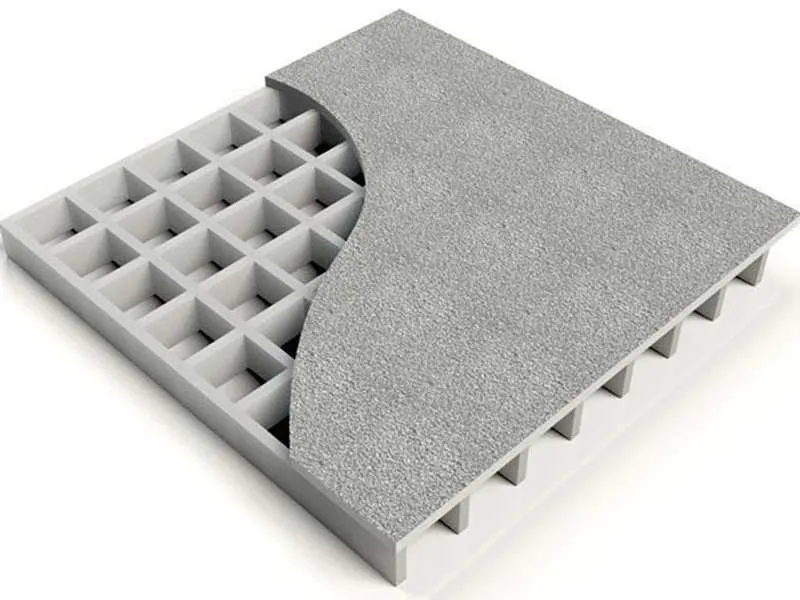
-
 Afrikaans
Afrikaans -
 Albanian
Albanian -
 Amharic
Amharic -
 Arabic
Arabic -
 Armenian
Armenian -
 Azerbaijani
Azerbaijani -
 Basque
Basque -
 Belarusian
Belarusian -
 Bengali
Bengali -
 Bosnian
Bosnian -
 Bulgarian
Bulgarian -
 Catalan
Catalan -
 Cebuano
Cebuano -
 China
China -
 China (Taiwan)
China (Taiwan) -
 Corsican
Corsican -
 Croatian
Croatian -
 Czech
Czech -
 Danish
Danish -
 Dutch
Dutch -
 English
English -
 Esperanto
Esperanto -
 Estonian
Estonian -
 Finnish
Finnish -
 French
French -
 Frisian
Frisian -
 Galician
Galician -
 Georgian
Georgian -
 German
German -
 Greek
Greek -
 Gujarati
Gujarati -
 Haitian Creole
Haitian Creole -
 hausa
hausa -
 hawaiian
hawaiian -
 Hebrew
Hebrew -
 Hindi
Hindi -
 Miao
Miao -
 Hungarian
Hungarian -
 Icelandic
Icelandic -
 igbo
igbo -
 Indonesian
Indonesian -
 irish
irish -
 Italian
Italian -
 Japanese
Japanese -
 Javanese
Javanese -
 Kannada
Kannada -
 kazakh
kazakh -
 Khmer
Khmer -
 Rwandese
Rwandese -
 Korean
Korean -
 Kurdish
Kurdish -
 Kyrgyz
Kyrgyz -
 Lao
Lao -
 Latin
Latin -
 Latvian
Latvian -
 Lithuanian
Lithuanian -
 Luxembourgish
Luxembourgish -
 Macedonian
Macedonian -
 Malgashi
Malgashi -
 Malay
Malay -
 Malayalam
Malayalam -
 Maltese
Maltese -
 Maori
Maori -
 Marathi
Marathi -
 Mongolian
Mongolian -
 Myanmar
Myanmar -
 Nepali
Nepali -
 Norwegian
Norwegian -
 Norwegian
Norwegian -
 Occitan
Occitan -
 Pashto
Pashto -
 Persian
Persian -
 Polish
Polish -
 Portuguese
Portuguese -
 Punjabi
Punjabi -
 Romanian
Romanian -
 Russian
Russian -
 Samoan
Samoan -
 Scottish Gaelic
Scottish Gaelic -
 Serbian
Serbian -
 Sesotho
Sesotho -
 Shona
Shona -
 Sindhi
Sindhi -
 Sinhala
Sinhala -
 Slovak
Slovak -
 Slovenian
Slovenian -
 Somali
Somali -
 Spanish
Spanish -
 Sundanese
Sundanese -
 Swahili
Swahili -
 Swedish
Swedish -
 Tagalog
Tagalog -
 Tajik
Tajik -
 Tamil
Tamil -
 Tatar
Tatar -
 Telugu
Telugu -
 Thai
Thai -
 Turkish
Turkish -
 Turkmen
Turkmen -
 Ukrainian
Ukrainian -
 Urdu
Urdu -
 Uighur
Uighur -
 Uzbek
Uzbek -
 Vietnamese
Vietnamese -
 Welsh
Welsh -
 Bantu
Bantu -
 Yiddish
Yiddish -
 Yoruba
Yoruba -
 Zulu
Zulu
fiberglass stack liner alternative
Exploring Alternatives to Fiberglass Stack Liners
In recent years, industries across the globe have faced increasing pressure to enhance their sustainability practices, optimize performance, and mitigate environmental impact. One area that has garnered significant attention is the use of fiberglass stack liners in various applications, particularly in the context of flue gas and exhaust systems. While fiberglass has traditionally been a popular choice due to its lightweight nature and resistance to corrosion and heat, the emergence of new materials and technologies poses an interesting question are there viable alternatives to fiberglass stack liners?
Understanding Fiberglass Stack Liners
Fiberglass stack liners are commonly utilized in applications such as power plants, waste incinerators, and chemical processing facilities. These liners are designed to handle high temperatures and corrosive environments, providing a crucial barrier between the internal gases and the structural integrity of exhaust systems. However, as industries evolve, there are growing concerns regarding the performance longevity, environmental effects, and overall lifecycle of fiberglass materials.
The Challenges of Fiberglass
While fiberglass liners offer several advantages, they are not without drawbacks. One major concern is their susceptibility to damage over time. Though they are resistant to many corrosive chemicals, they may not withstand certain acidic conditions or thermal cycling indefinitely, leading to potential failures. Additionally, the production and disposal of fiberglass involve environmental concerns. The use of synthetic resins and glass fibers can contribute to pollution and waste issues, prompting industries to seek greener alternatives.
Exploring Alternative Materials
1. Ceramic Liners
Ceramic materials have gained recognition as a robust alternative to fiberglass stack liners. Known for their exceptional thermal resistance and durability, ceramic liners provide a reliable option for high-temperature applications. They are impervious to many corrosive substances and can operate efficiently in extreme conditions. Although they may be heavier than fiberglass, advancements in ceramic engineering have allowed for the creation of lightweight options that do not compromise performance.
fiberglass stack liner alternative

2. Stainless Steel Liners
Stainless steel is another alternative increasingly favored in industrial applications. Known for its strength, durability, and resistance to corrosion, stainless steel liners provide an excellent long-term solution. They are particularly effective in applications where high pressure and heat are present. The ability to recycle stainless steel also contributes to reduced environmental impact, aligning with sustainability goals.
3. Polymeric Materials
Recent innovations in polymer technology have led to the development of high-performance polymer liners. These synthetic materials can be engineered to withstand extreme conditions, including high temperatures, corrosive environments, and mechanical stress. Polymeric liners can be tailored to specific applications, providing industries with a versatile and cost-effective alternative to traditional fiberglass.
4. Hybrid Solutions
Another emerging trend in stack liner technologies is the use of hybrid solutions that combine materials to leverage their respective strengths. For example, a combination of ceramic and polymer materials can result in a liner that is not only durable but also lighter and easier to install. Hybrid approaches can also optimize performance while reducing overall costs, making them attractive options for many industries.
Conclusion
As the demand for sustainable practices and reliable materials grows, the exploration of alternatives to fiberglass stack liners has become a necessity. While fiberglass has long served as a trusted solution, the advancements in materials science provide a plethora of viable options, including ceramic, stainless steel, advanced polymers, and hybrid solutions. Each alternative comes with distinct advantages, and the choice of material should be guided by specific industry needs, environmental considerations, and performance requirements.
Ultimately, the shift towards alternative stack liner technologies reflects a broader trend in the industrial sector the pursuit of innovative solutions that balance performance, sustainability, and economic viability. As industries continue to evolve, embracing these alternatives can facilitate a progressive transition towards more efficient and environmentally friendly practices, paving the way for a sustainable future.









